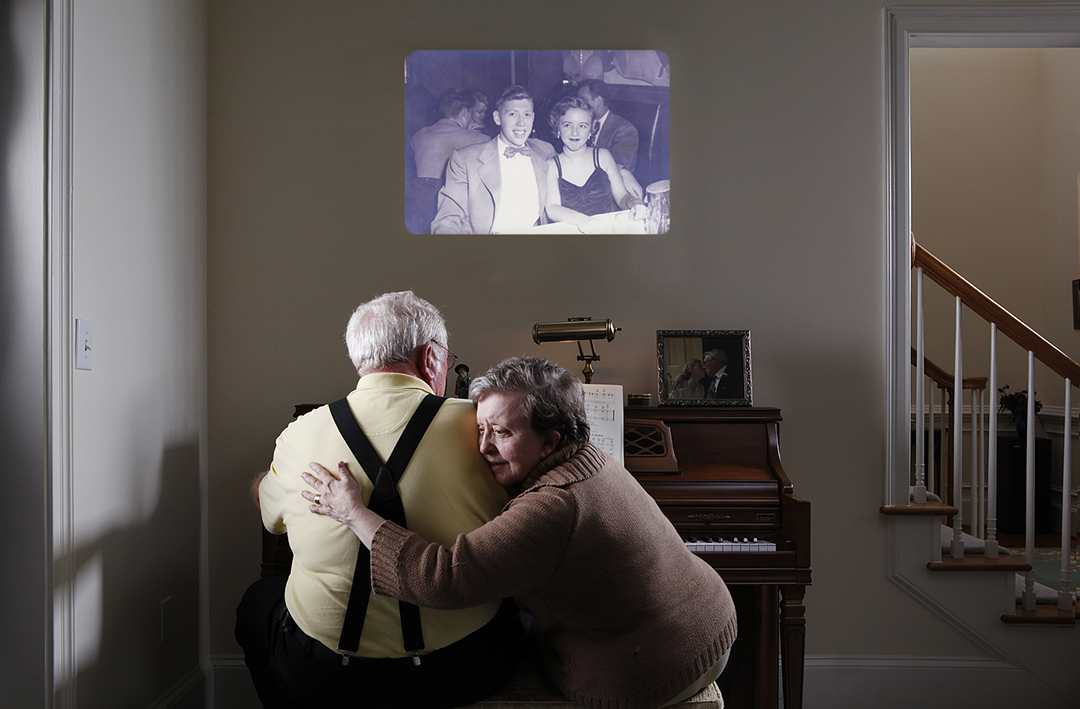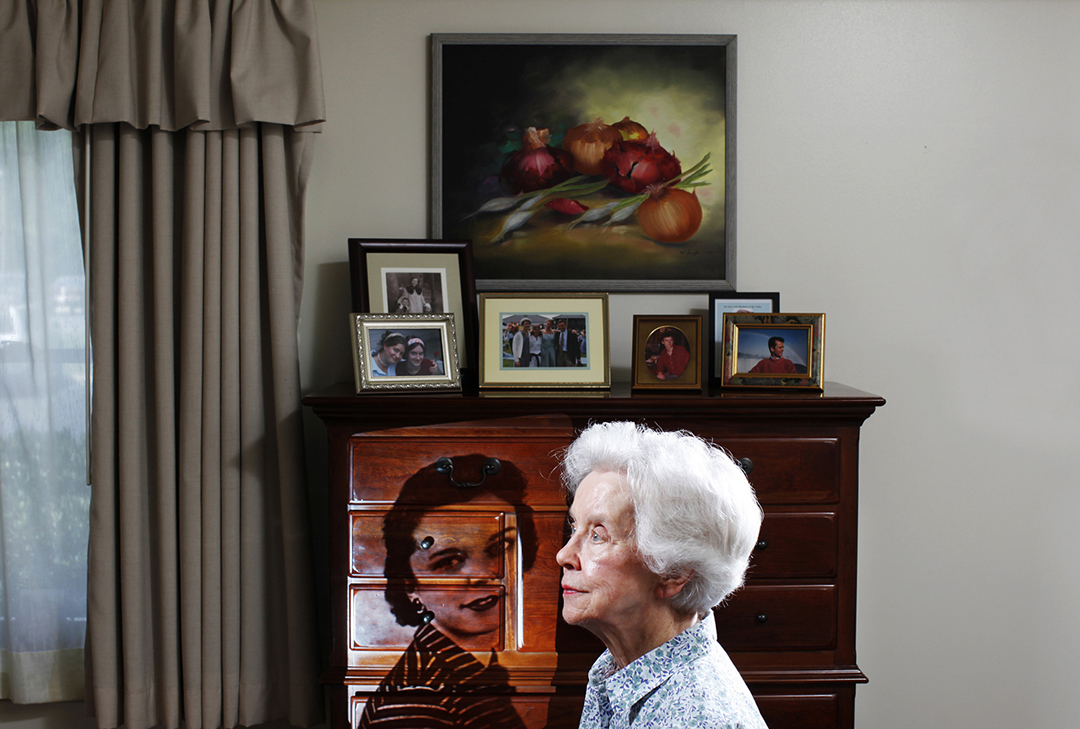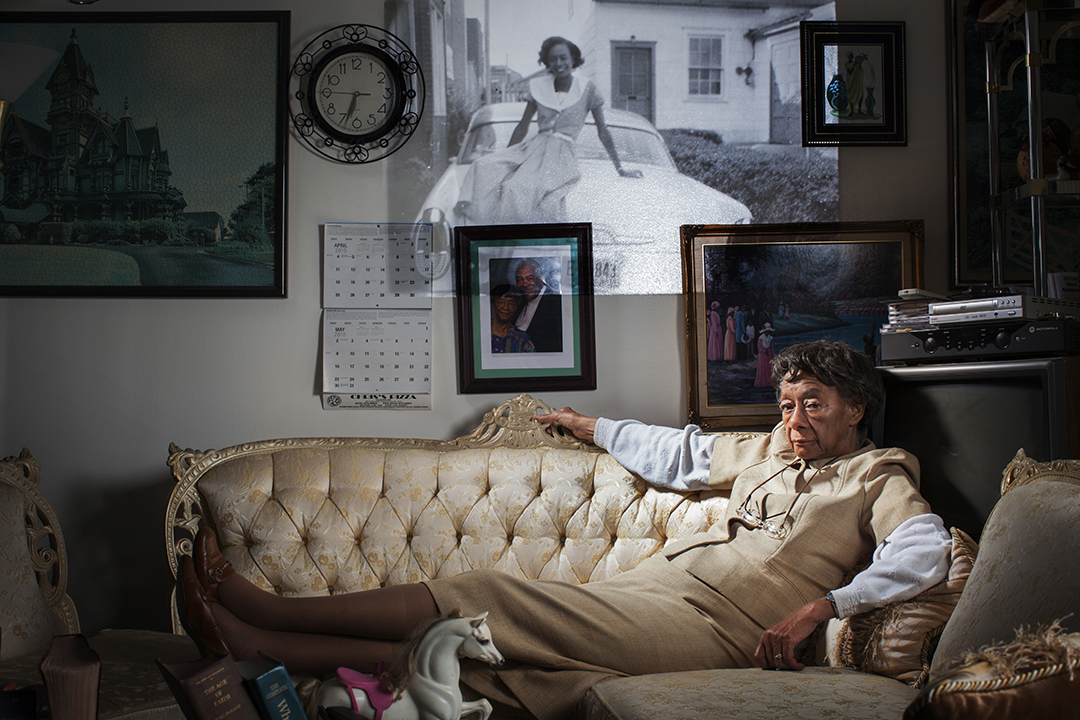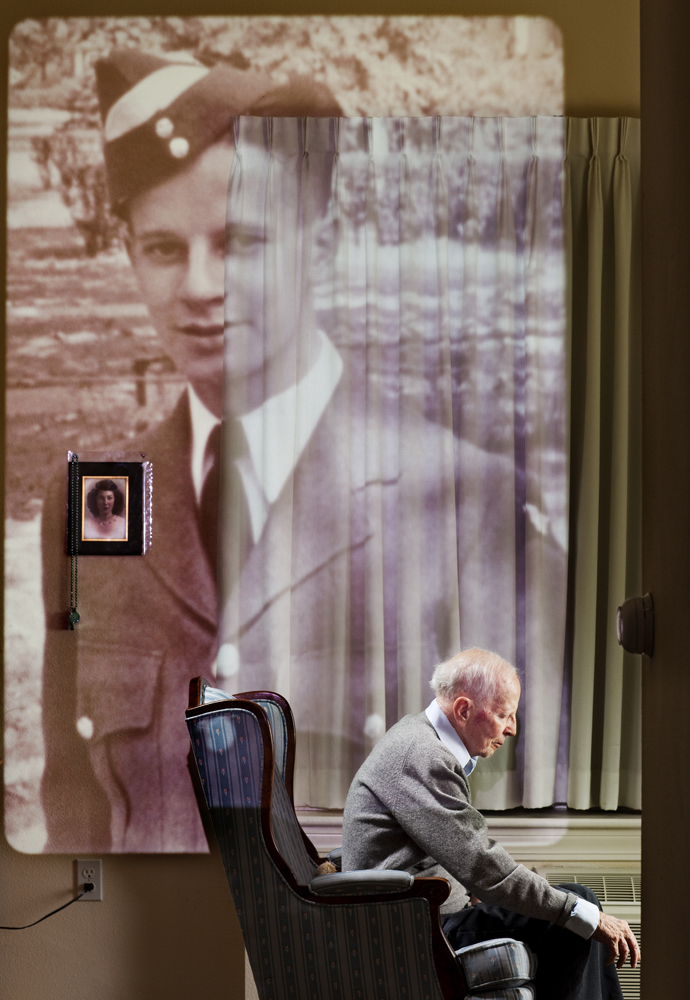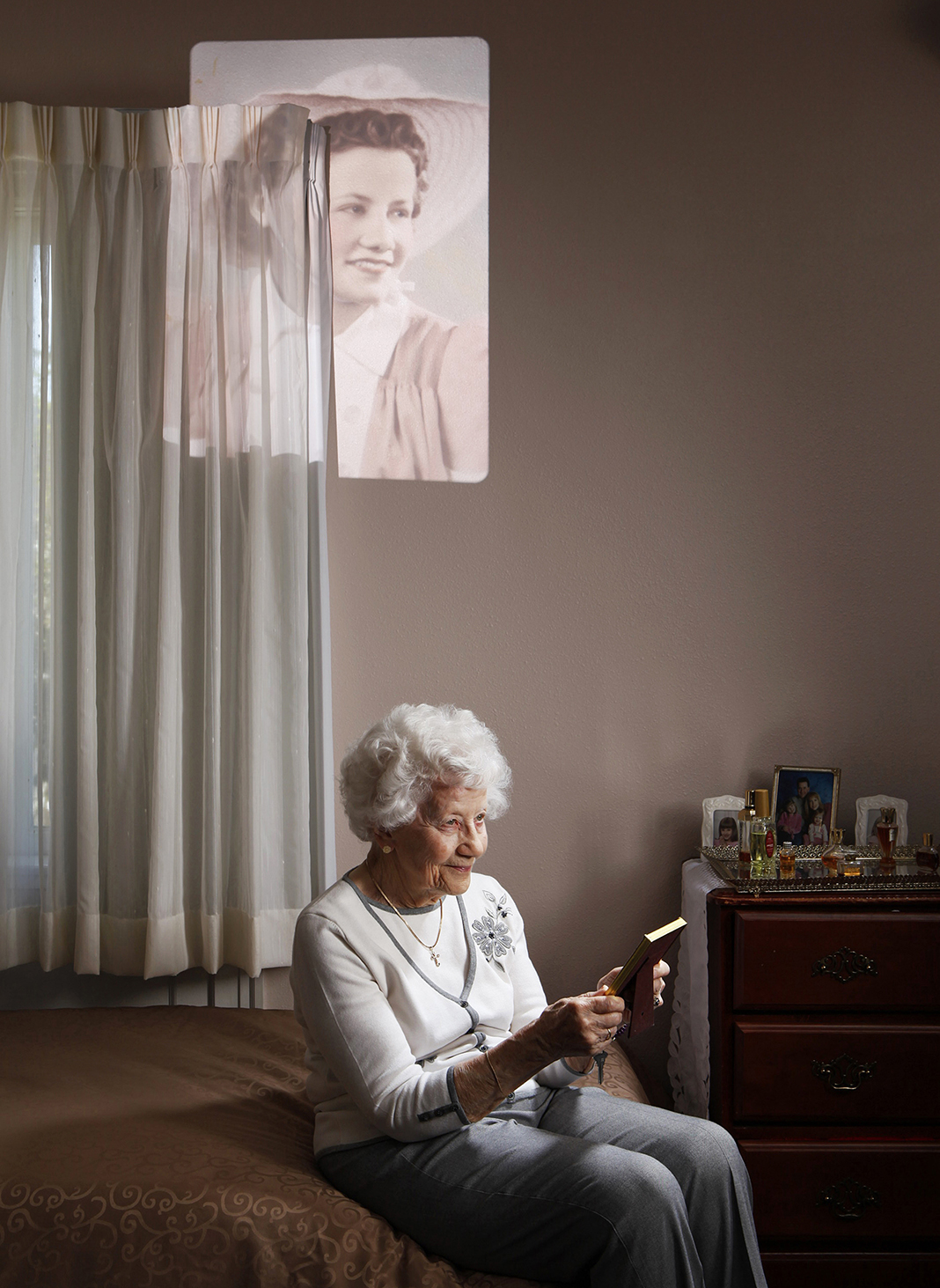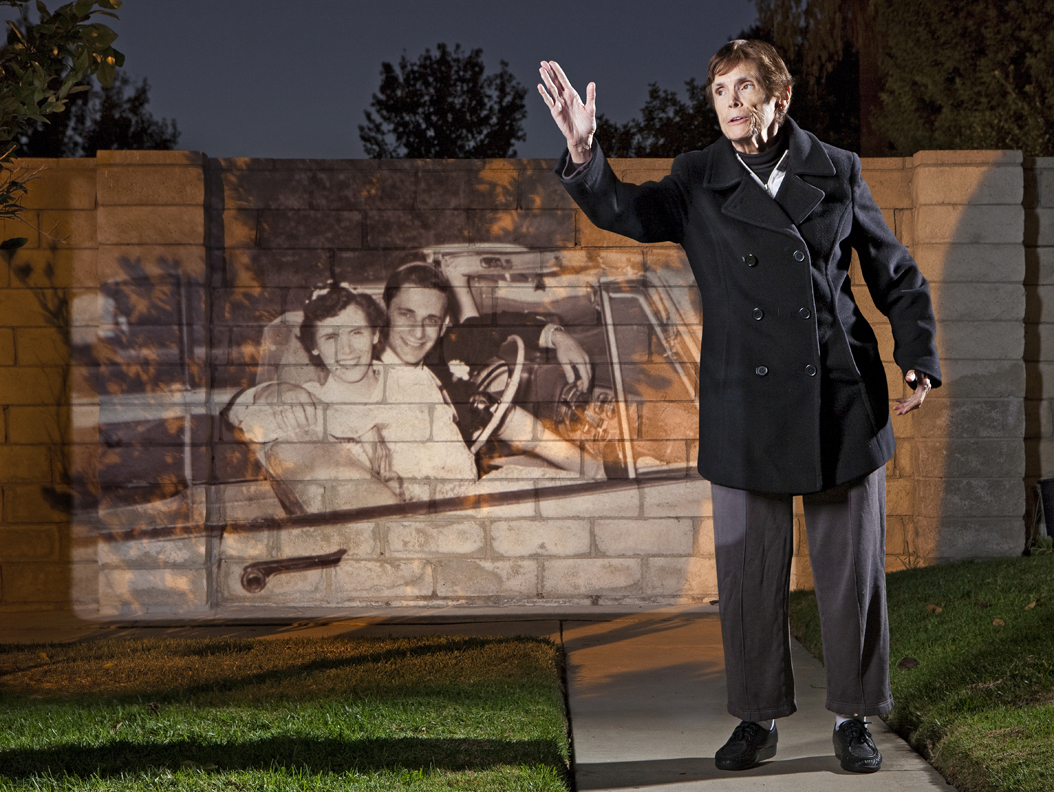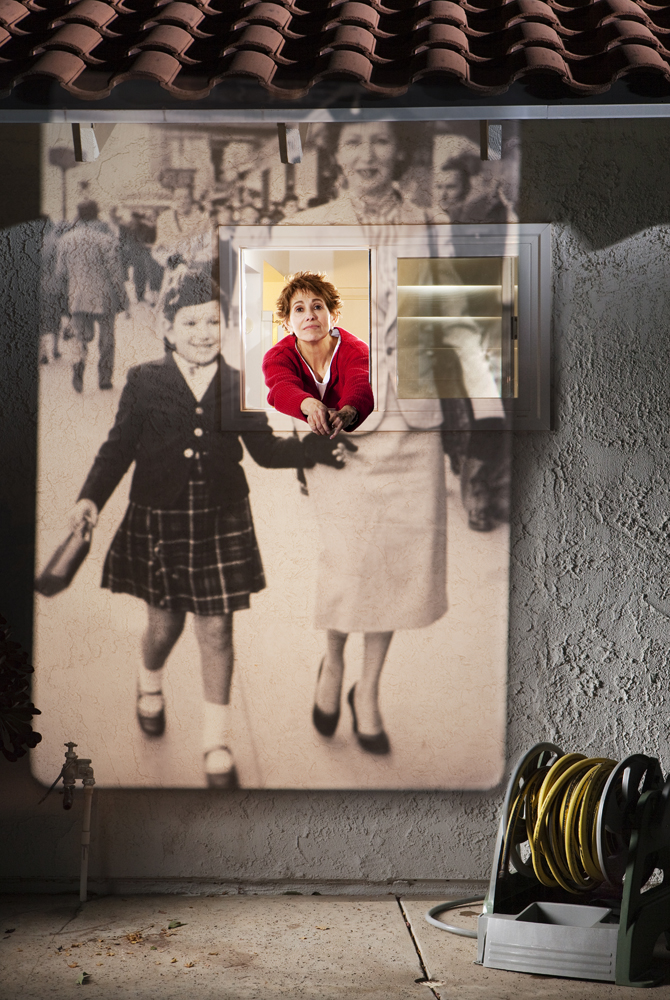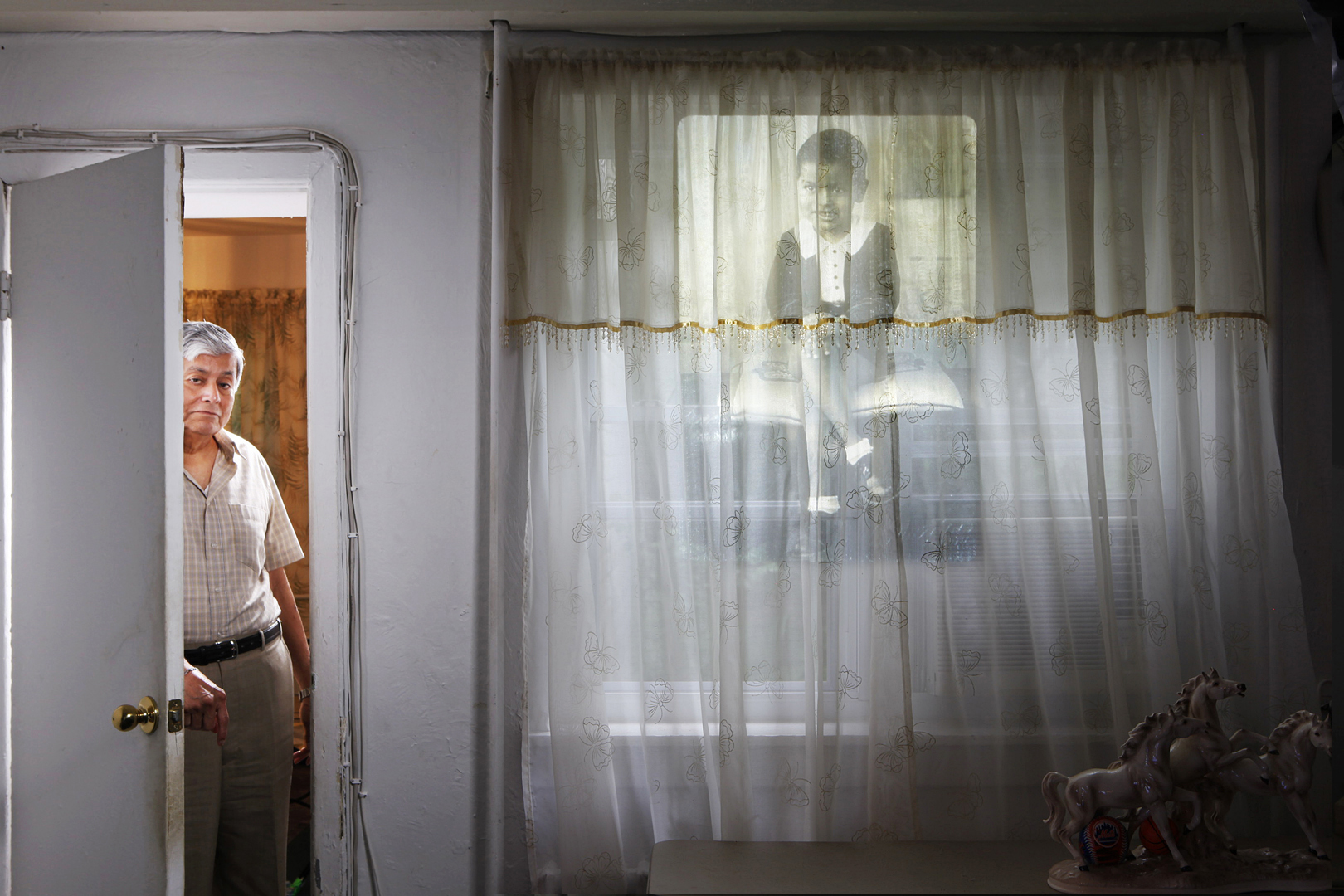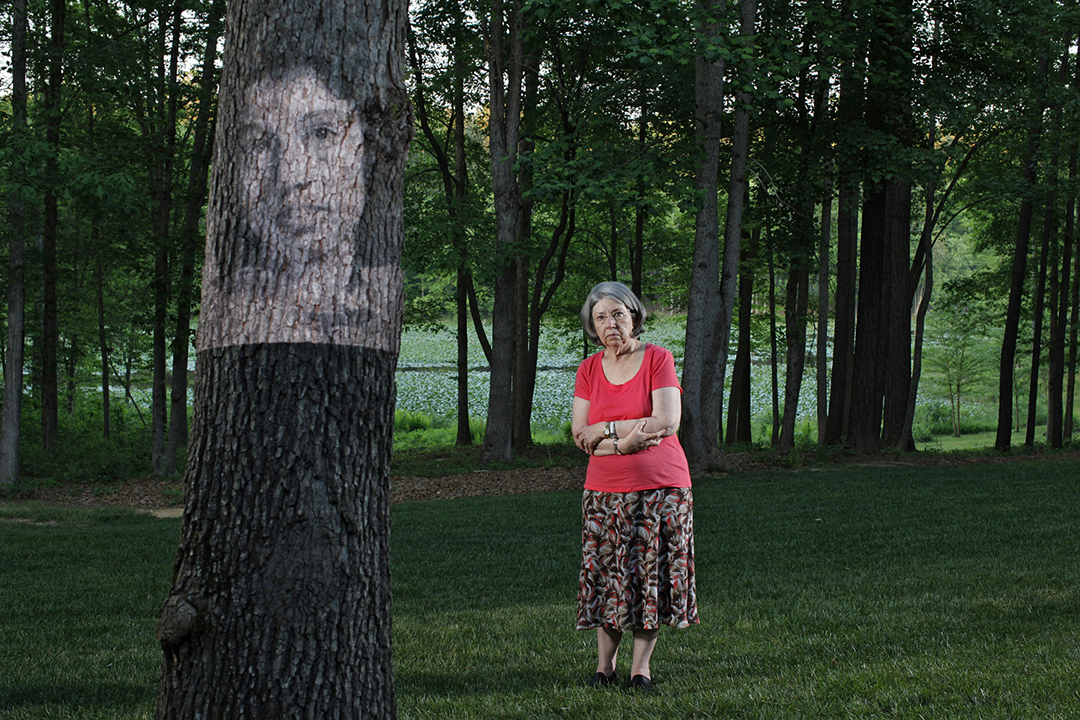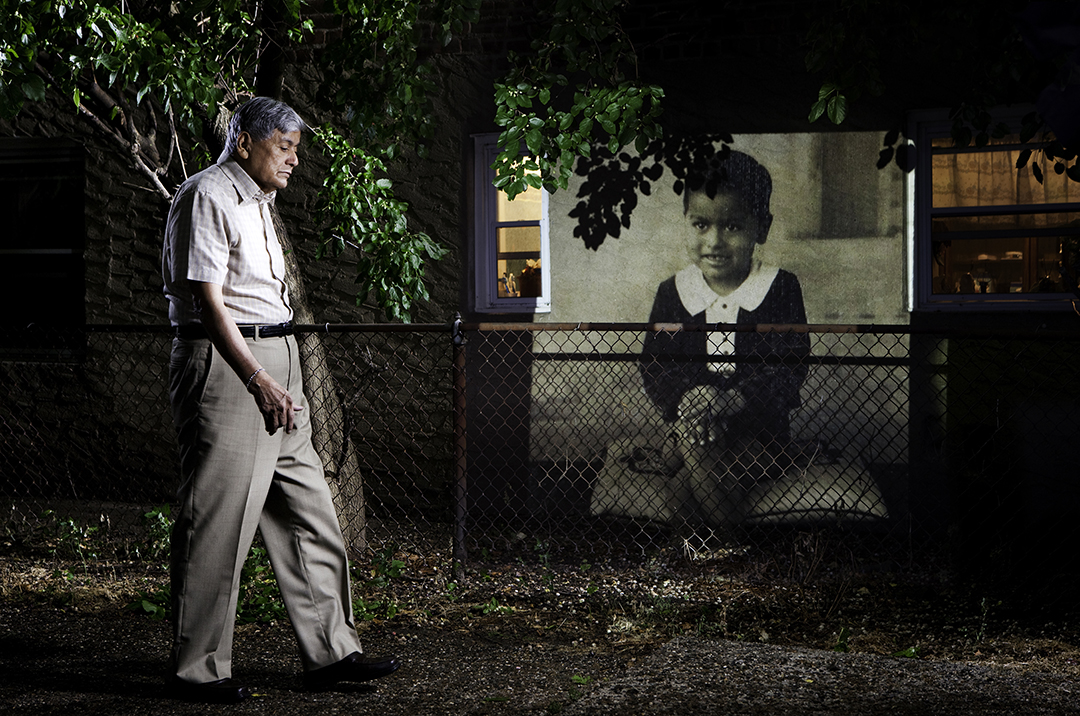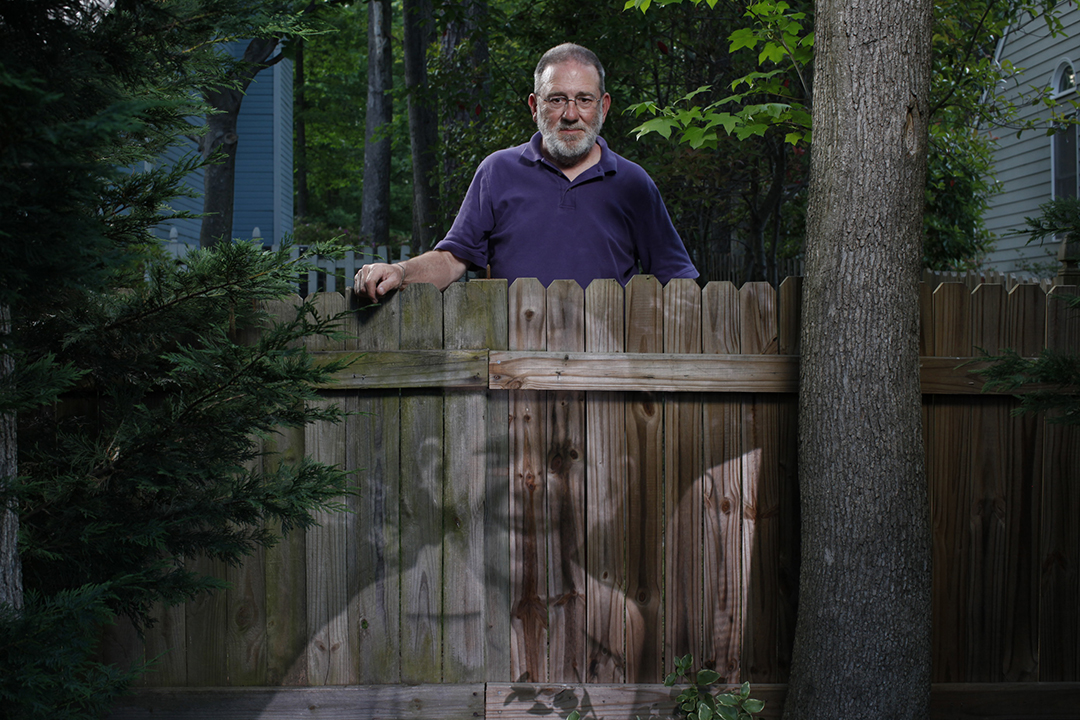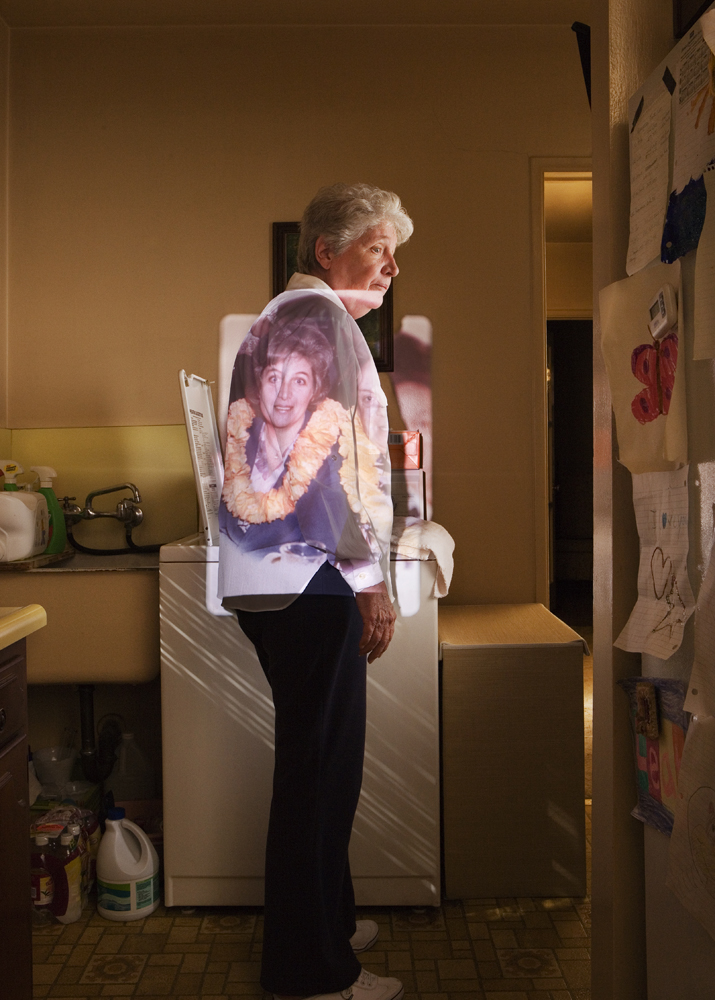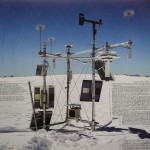Memory/Loss Series: Gregg Segal: Remembered
Welcome to the fourth feature of our Memory/Loss series, showcasing photographers who explore themes related to family, grief, aging, and caregiving. Many of the artists grapple with Alzheimer’s disease, in particular, using their cameras to tell intimately personal stories of their loved ones as their memories fade. The CDC estimates that in the United States alone, 5.8 million people will be affected with Alzheimer’s and other related dementias. That’s about 1 in 9 people, making it a tragically common experience for so many families. Moreover, because the disease is genetic and there is no known cure, many wonder if their genes hold the same fate. This collective of photographers from across the globe shed light on the reality of this terrible disease and the memories and loss associated with memory loss.
This series is organized by Hannah Latham in collaboration with Aline Smithson. Latham completed her thesis, Bring Me A Dream, at Rhode Island School of Design, which focuses on the tragic decline of her paternal grandparents. Inspired by her grandmother’s experience with Alzheimer’s, Memory/Loss features a series of photographers exploring similar themes.
Visit the Alzheimer’s Association’s resources to learn more about the causes, treatments, and how to help.
Gregg Segal’s series Remembered brings a personal story to a larger scale as he engages with many people living with Alzheimer’s disease. Unlike the previously featured photographers in the Memory/Loss series, these are not people he is related to. Often, he projects family photographs of their younger selves in domestic settings, converging the past and present. This idea is extended as the surroundings in their home become a representation of their lives as well. This bittersweet feeling of nostalgia emanates from Segal’s work. I look at the photograph of the couple, the wife hugging her husband longingly, and think about a partner’s experience firsthand as they care for their loved one with dementia.
Gregg Segal studied photography and film at California Institute of the Arts (BFA) dramatic writing at New York University (MFA) and education at The University of Southern California (MA). Segal’s photography has been recognized by American Photography, Communication Arts, PDN, Investigative Reporters and Editors, The New York Press Club, the Society of Publication Designers, Lens Culture, and the Magnum Photography Awards. He is the recipient of the 2018 Food Sustainability Media Award. Segal’s portraiture and photo essays have been featured in Time, GEO, Smithsonian, The Independent, Le Monde, Fortune, National Geographic Adventure and Wired, among others. His first monograph Daily Bread was published by Powerhouse Books in 2019 and a German edition of Daily Bread followed in 2020.
Follow Gregg Segal on Instagram: @greggsegal
Remembered
For people with Alzheimer’s, the past becomes a part of the present. Distant memories shift from background to foreground. To illustrate the past’s prominence, I’ve included it in each picture – in the form of a projected slide image.
Prior to the shoot, I looked through photographs from the subject’s family albums and chose an image or two of them as a child, teenager, or young adult. During the shoot, I’d project slides of these images: the older person shares the frame with their younger self. The younger self is layered over the present, occupying an equal part of the moment.
In her picture, Susan Franklin is holding hands with her childhood self and her mother. In her childhood photo, Susan is about seven, and she and her mother are walking down a New York City Street. Susan is both here and there. The past is vivid and yet it is a ghost image, layered over the present.
Harvey Presser can’t look at the picture of his wife, Helen, without choking up. In late stages of dementia, Helen gestures to someone out of frame. An image of she and Harvey is projected on the wall behind her. Just married, they’re about to drive off on their honeymoon.
The most wrenching part of witnessing the dissolution of a loved one is that you have them whole in the same moment that they’re gone. That simultaneity of having and losing, that nostalgia, is at the heart of Remembered.
We have tendency to look at an older person and forget who they once were. Often, we have a hard time picturing old people as ever being young. I want you to look at these pictures and be reminded that the people here loved, married, were vibrant, passionate; they lived life fully.
It’s hard for many of us to live in the present. We’re constantly re-evaluating what we’ve done or projecting ahead. Rarely are we in the moment the way some with Alzheimer’s are. Bill Bailey kept a small frig in the garage where I was setting up to photograph him. In it there were several hand-crafted beers. I asked what his favorite beer was and Bill said, “the one that’s in my hand right now.” There was a Zen like resonance to his answer. Bill had found a way to make the most of his life despite its severe limitations.
Tell me about your coming of age and what brought you to photography
Photography has always been my way of making sense of the world around me. I had a bumpy, disjointed childhood, uprooted by more than one divorce by age twelve. Even before I had a camera, I was framing in my mind’s eye, collecting and ordering disparate impressions and creating meaning for myself. My first camera was an extension of my sight. It gave my point of view clarity, permanence and eventually, purpose. As I matured, my photography evolved from a private mechanism for making meaning to a means of understanding others and examining the culture and values that shape our identities.
What does your photographic practice look like, and what brought you to this subject matter?
I strive to bring social issues to light in a way that makes them immediate and relevant to others: recognizing the humanity in the homeless; understanding the suffering of a parent who has lost a child to violence; grasping the insanity of consumer culture in which we’re at once victims and perpetrators; seeing how our diets have been compromised by globalization and how the lack of nutrients in processed foods is impoverishing our health. My aim is to draw viewers in, first on an aesthetic level, and then, once they’re engaged, provoke dialogue with the underlying questions posed by my pictures.
Years ago, I had done another project utilizing the same technique of projecting slide images into the scene with the subject. This earlier project, They’re Still Here, focused on the families of murdered loved ones. Many of the subjects were parents who’d lost a son or daughter to gun violence. I remember reading about a mother whose son was killed and how a day never went by in which she didn’t think about him. Even though the boy was dead, he was always with her. I found a way to convey this constant presence visually. Years later, I was reading about the effects of Alzheimer’s and how distant memories could survive in vivid detail even as the here and now meant nothing. Again, I felt there was a way to convey this by projecting photographs from the subject’s past into the scene with them. A theme that I keep returning to in my photography is time and the capacity for past and present to exist simultaneously in an image. This simultaneity of time is the foundation of nostalgia, and nostalgia, you could argue, is one of the key things that drives artists to create.
What have you learned throughout creating this body of work?
I discovered that no two cases of Alzheimer’s are identical, that symptoms vary widely, and that you don’t have to be old to have Alzheimer’s. Several of the people I photographed were in there 50’s, and now that I’m in my 50’s, 50 isn’t old.
Who are your biggest influences / what inspires you to create?
When I was about 13, I had a book of Diane Arbus’s photography. I lived in a small town in Ohio and when friends came over and flipped through my Diane Arbus book, they thought I was a little weird. But Arbus for me changed our perception of what a photograph could be. Robert Frank may have been the first to capture an un-romantic view of America, but Arbus went deeper. Her intimate portraits take you inside the lives of her subjects. I remember seeing a
20th century photography retrospective at the MET. It was the Arbus pictures that commanded my attention more than any of the others. With their balance of compassion and irony, you can’t not look at her images. Great pictures have stopping power.
Having something to say about a consequential social issue in a way that maybe hasn’t been said before.
Saying something original is more difficult now than it was 20 years ago because there are many, many more people making images (and creating thematic, concept driven bodies of work) and the work of these photographers is immediately accessible. Also, the technology of making pictures has grown much, much more facile.
What is next?
I’m working on yet another project that explores the simultaneity of past and present. The Sum of Mark is a visual meditation on my brother, who’s bi-polar and was living on the street in NYC during a manic phase last year (and then wound up on Riker’s Island for 10 months). I’m layering current images of Mark and childhood photos of him together with street images I’ve shot – patterns, textures and details of raw urban ruin. Creating these palimpsests of Mark
layered with harsh city designs and textures has been a process of therapy and reconciliation as well as a way of addressing mental illness and what it means to feel dispossessed.
I’m also working on Natural History, which looks at traditional cultures and their way of life, as it’s compromised by globalization and the instant gratification of social media/entertainment. I just spent time with a Quilombo community in the Brazilian Cerrado and an indigenous tribe, the Tupi Guarini, who live on Brazil’s Atlantic coast south of São Paulo.
My Daily Bread project is part of a yearlong exhibit, The Meal, opening September 29th at the Dom Museum in Vienna. Daily Bread is also being shown later this year at Nawareum, a museum in Germany focused on sustainability and renewables. I’m contributing, too, to The Evidence Project, a book of photography exploring the interdependence of all life on planet Earth, with work by Sebastian Salgado, Steve Winter, and many others.
Posts on Lenscratch may not be reproduced without the permission of the Lenscratch staff and the photographer.
Recommended
-
Earth Week: Ian van Coller: Naturalists of the Long NowApril 22nd, 2024
-
Earth Month Photographers on Photographers: Tyler Green in Conversation with Megan JacobsApril 15th, 2024
-
Shari Yantra Marcacci: All My Heart is in EclipseApril 14th, 2024
-
Artists of Türkiye: Cansu YildiranMarch 29th, 2024
-
Broad Strokes III: Joan Haseltine: The Girl Who Escaped and Other StoriesMarch 9th, 2024

